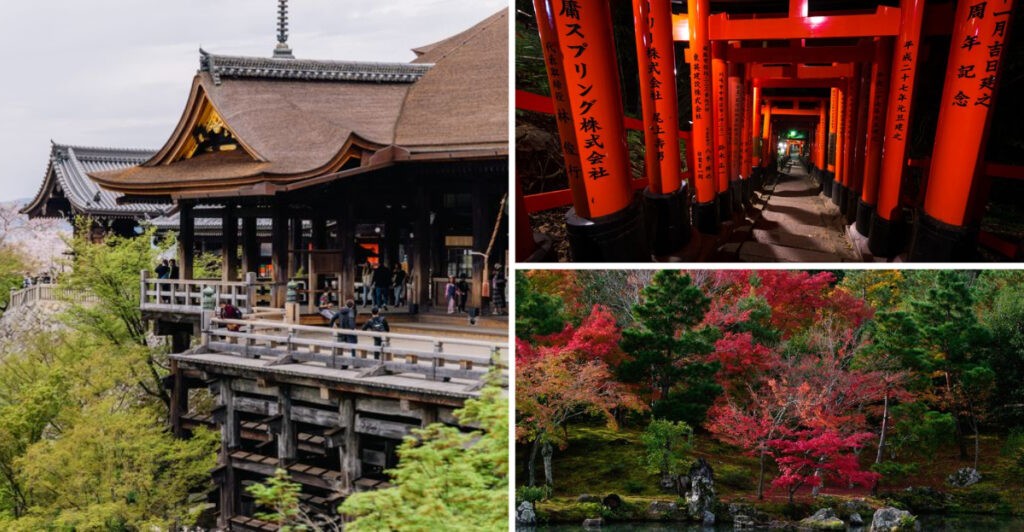Japan divides each year into 72 microseasons, each lasting about five days and marking tiny changes in nature. Most people rush through famous tourist spots, missing these magical moments completely. I spent an entire year following this ancient calendar, discovering hidden places where each subtle shift comes alive. Here are the 19 locations that transformed my understanding of Japan’s natural rhythm.
1. Philosopher’s Path During Tsubaki Hajimete Hiraku (First Camellia Blossoms)
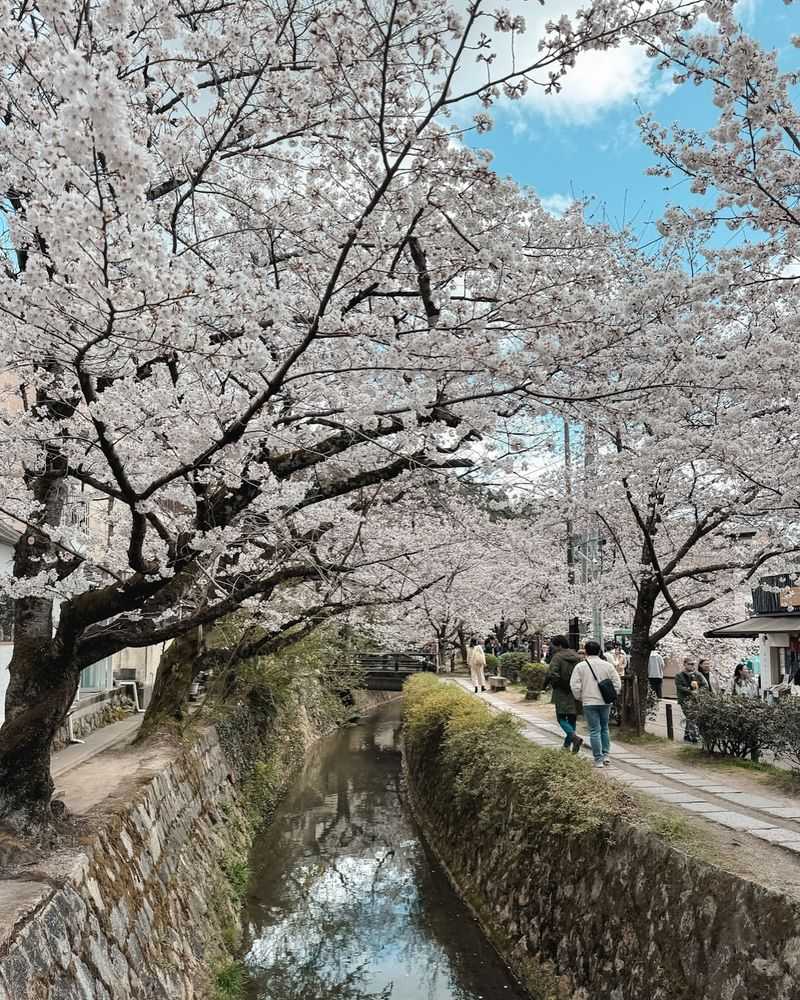
Walking this stone pathway in early January felt like entering a living poem. Bright red camellias dotted the canal banks while morning frost sparkled on nearby bamboo.
Local elderly couples pause here daily, pointing out which blooms opened overnight. The microseason celebrates winter’s first hopeful gesture toward spring.
Cherry trees stand bare overhead, but camellia petals floating downstream hint at warmer days ahead.
2. Arashiyama Bamboo Grove When Kiku No Hana Hiraku (Chrysanthemum Flowers Bloom)
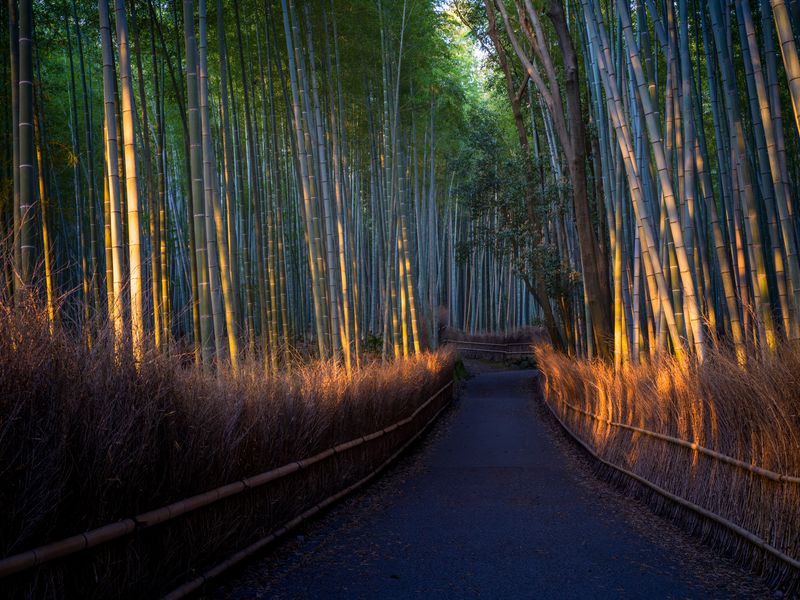
October’s golden light filters through towering bamboo stalks differently during chrysanthemum season. The famous grove transforms into a natural cathedral where filtered sunlight dances across the forest floor.
Nearby temple gardens showcase elaborate chrysanthemum displays in traditional arrangements. Visitors often miss how the bamboo itself responds to autumn’s energy.
Morning walks reveal spider webs jeweled with dew, perfectly capturing this microseason’s delicate beauty.
3. Kiyomizu-dera Temple During Momo Hajimete Saku (First Peach Blossoms)
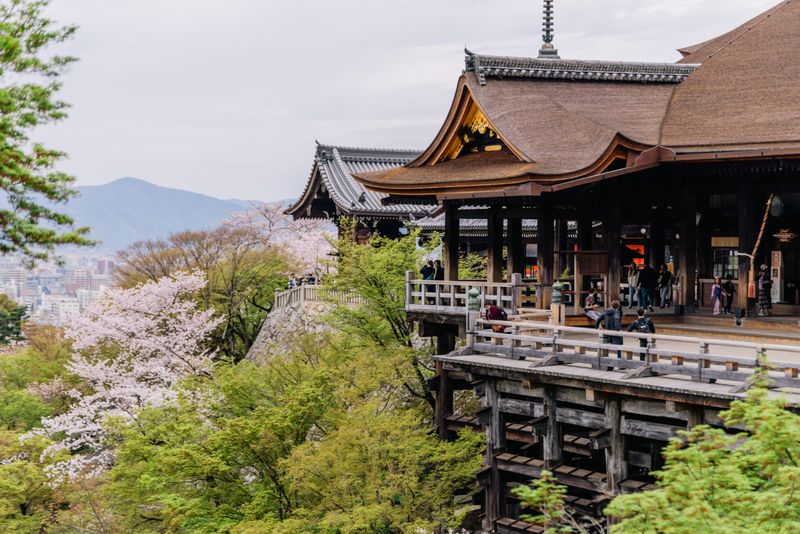
March brings subtle pink peach blossoms to this wooden temple’s gardens before cherry season begins. Most tourists wait for sakura, missing peach trees’ gentle announcement of spring’s arrival.
Temple monks have observed this microseason for centuries, noting how peach blossoms appear exactly when winter’s grip loosens. The wooden stage offers perfect views of early spring’s tentative beauty.
Local families bring children here to witness nature’s first colorful awakening after winter’s gray months.
4. Fushimi Inari Shrine When Suzumushi Naku (Bell Crickets Sing)
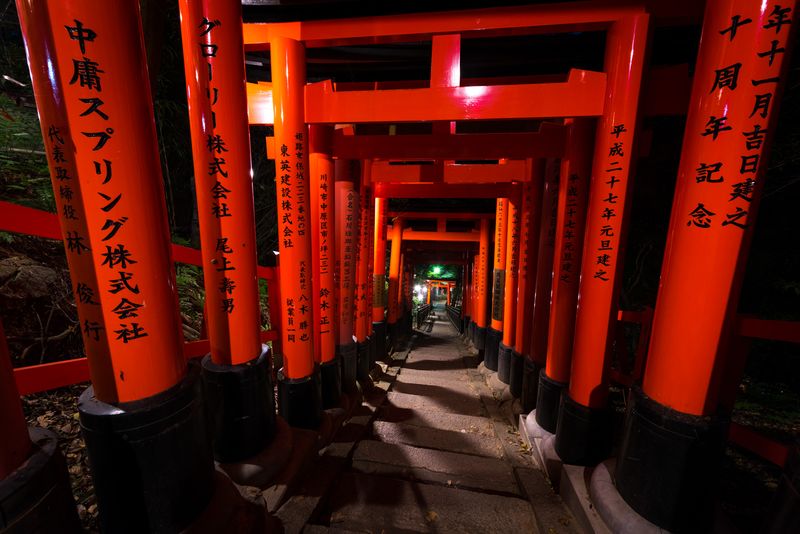
September evenings transform these famous orange torii gates into a concert hall for bell crickets. Their melodic chirping echoes between vermillion pillars, creating nature’s own temple bells.
Climbing the mountain path after sunset reveals how sound changes with elevation. Different cricket species sing at various heights, creating layered harmonies.
Local shrine keepers say cricket songs predict weather changes, making this microseason both beautiful and practical for farmers.
5. Gion District During Yanagi Midori Nari (Willows Turn Green)
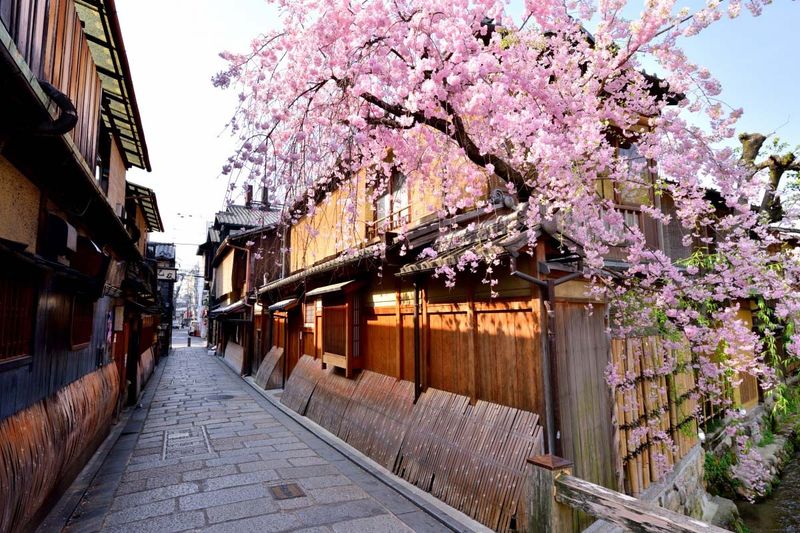
April’s fresh willow leaves create natural curtains along Gion’s historic streets. Geishas hurry past these green veils, their colorful kimono contrasting beautifully with spring’s tender growth.
Traditional teahouses frame their windows with drooping willow branches during this microseason. The soft green creates perfect backdrops for cherry blossom viewing parties.
Photographers discover how willow shadows dance across cobblestones, adding movement to Gion’s timeless atmosphere throughout this magical season.
6. Ryoan-ji Rock Garden When Shimoyashiro (Frost Forms)
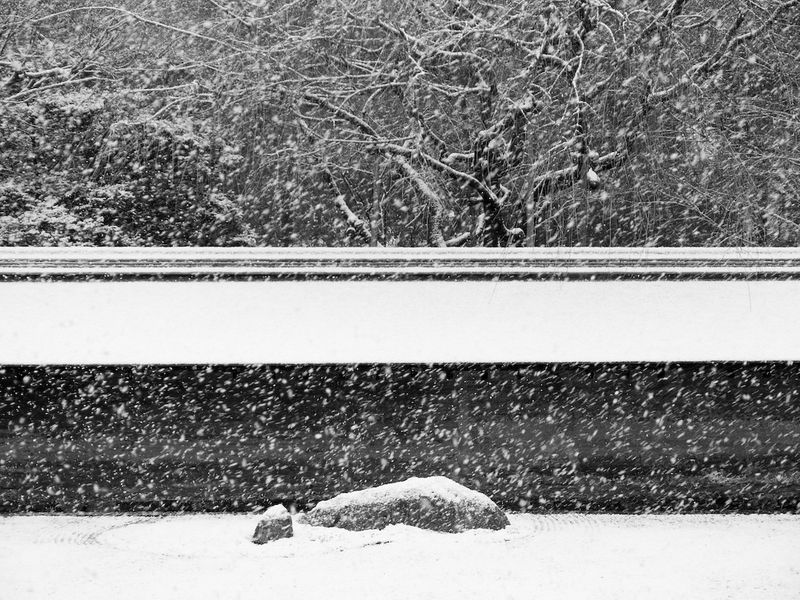
December mornings reveal frost patterns across this famous zen garden’s raked gravel. Each rock becomes an island in a sea of crystalline white, transforming minimalist design into winter artwork.
Monks arrive before dawn to observe how frost forms differently around each stone. The microseason teaches patience through nature’s temporary decorations.
Visitors sitting quietly witness sunrise melting frost gradually, creating momentary streams through carefully raked patterns.
7. Nijo Castle Gardens During Botan Hana Saku (Peony Flowers Bloom)
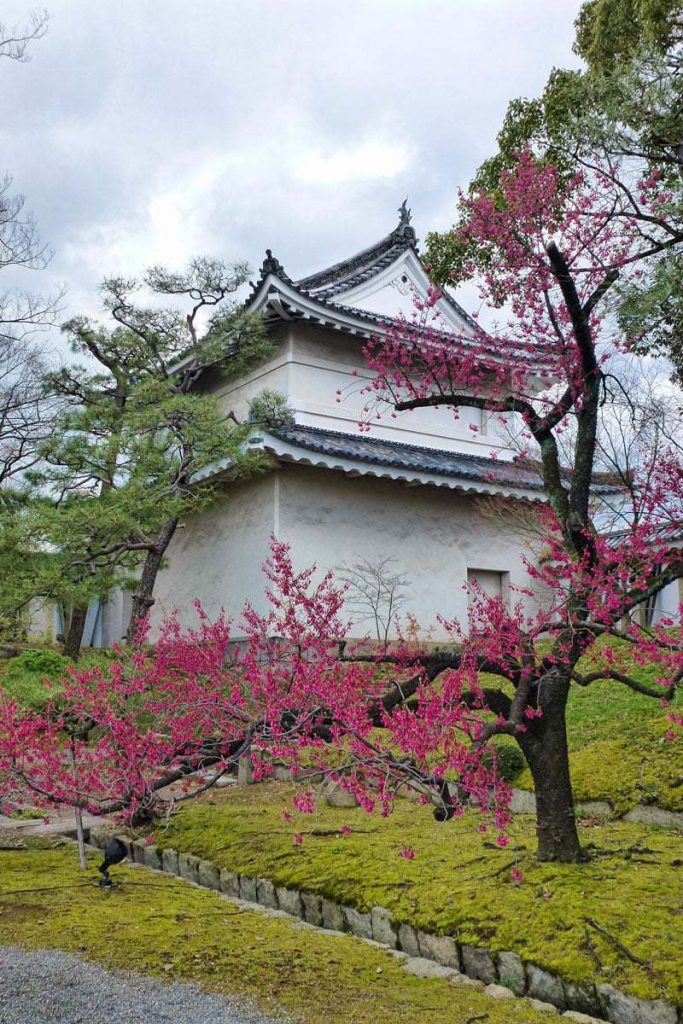
Late April brings magnificent tree peonies to these imperial gardens. Massive blooms in pink, white, and deep red create living sculptures against the castle’s stone walls.
Garden keepers protect each flower with traditional paper umbrellas during rain. This microseason represents wealth and honor in Japanese culture.
Morning photography sessions capture dewdrops on velvet petals while afternoon visits reveal how sunlight makes peony colors glow like stained glass windows.
8. Tenryu-ji Temple When Kaede Momiji (Maple Leaves Turn Red)
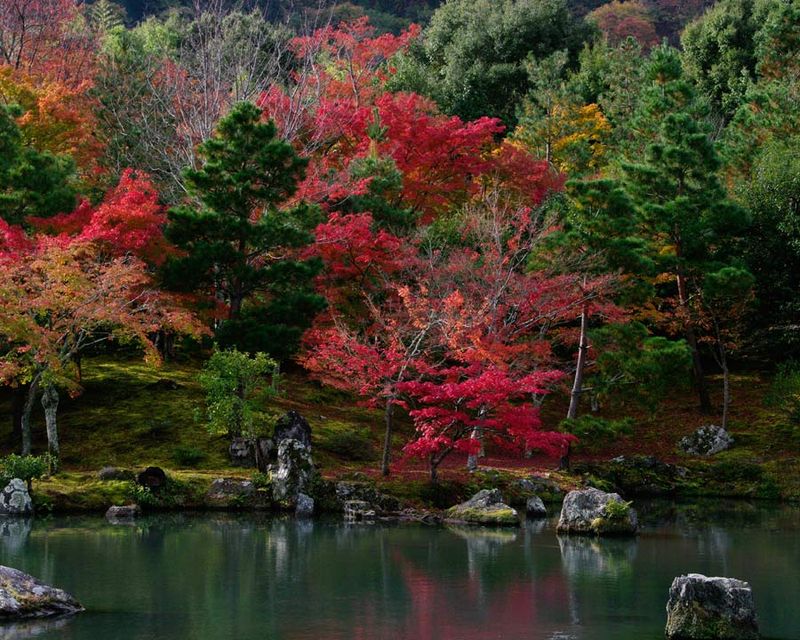
November transforms this temple’s pond garden into a mirror reflecting fiery maple canopies. The microseason peaks when morning mist rises from warm water beneath cooling autumn air.
Temple cats nap among fallen red leaves while koi fish swim beneath floating maple stars. Photographers arrive at dawn to capture reflections before crowds disturb the water’s surface.
Tea ceremony practitioners gather here during peak color, finding inspiration in nature’s temporary artistry for their seasonal celebrations.
9. Daigo-ji Temple During Sakura Hajimete Saku (First Cherry Blossoms)
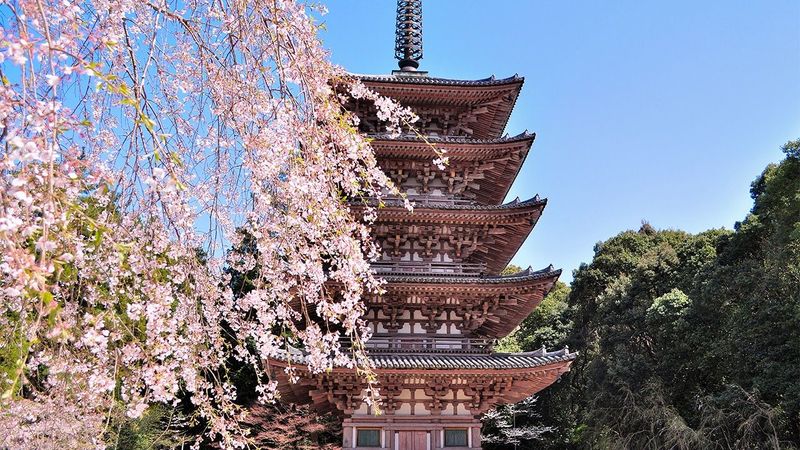
March’s earliest sakura varieties bloom here before anywhere else in Kyoto. Ancient weeping cherry trees cascade pink petals like waterfalls across temple grounds.
Monks document which trees bloom first each year, maintaining records dating back centuries. This microseason marks spring’s official arrival in the temple calendar.
Families spread blue tarps beneath branches for hanami picnics, sharing seasonal treats while petals drift down like fragrant snow around their celebrations.
10. Sanjusangen-do Hall When Tsubame Kitaru (Swallows Arrive)
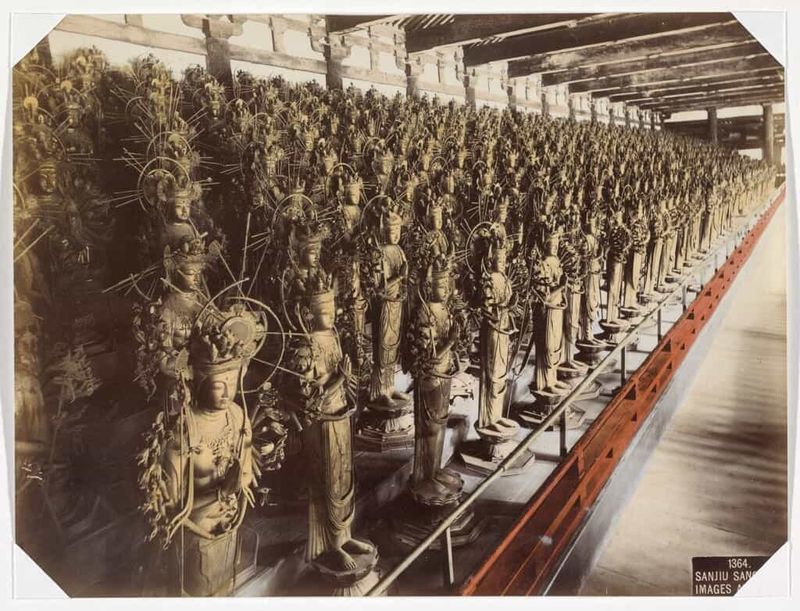
April brings swallows swooping through this temple’s famous hall of 1,001 Buddha statues. Their cheerful chirping echoes off wooden pillars while they build nests in the ancient eaves.
Temple visitors pause to watch these aerial acrobats weave between golden statues. The microseason celebrates migration and renewal after winter’s stillness.
Local belief holds that swallows bring good fortune to temples they choose for nesting, making their arrival a celebrated spiritual event.
11. Kodai-ji Temple During Hotaru Tobihajimeru (Fireflies Begin Flying)
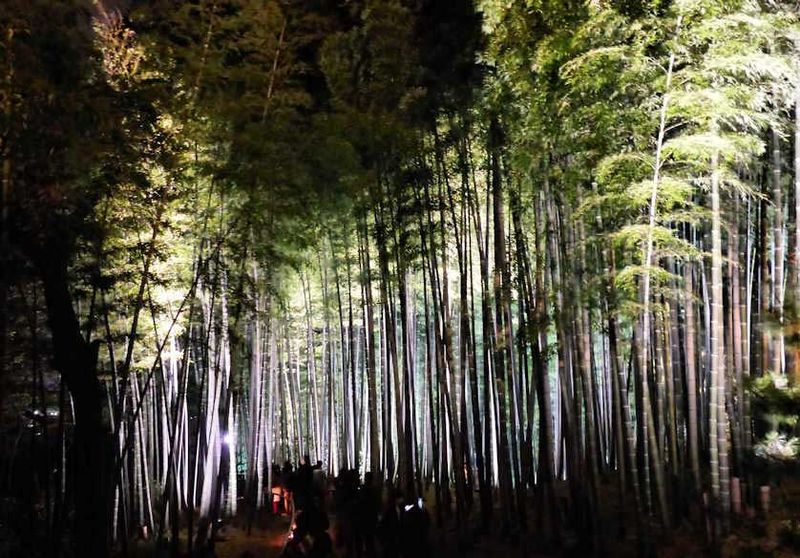
June evenings bring magical firefly displays to this temple’s bamboo groves. Tiny lights dance between dark stalks like fallen stars searching for heaven.
Temple gardens host special nighttime viewings during peak firefly season. Visitors walk quietly along stone paths, following nature’s own lantern festival.
Children gasp with wonder at their first firefly sighting while adults remember childhood summers. The microseason connects generations through shared natural wonder.
12. Shisendo Temple When Semi Hajimete Naku (Cicadas Begin Singing)
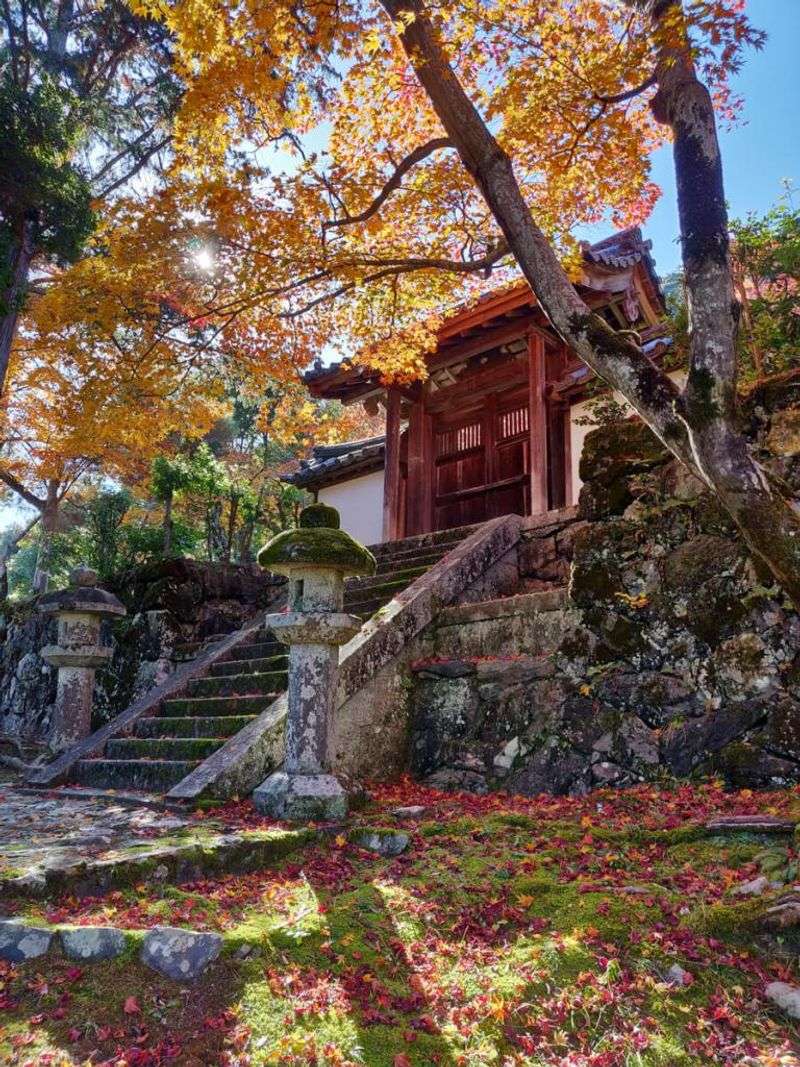
July’s first cicada chorus transforms this hillside temple into nature’s amphitheater. Their rhythmic buzzing rises and falls like ocean waves against the mountain slope.
Garden visitors often pause meditation when cicadas reach peak volume around noon. The microseason teaches acceptance of nature’s powerful voices.
Temple cats seek shade beneath azalea bushes while cicadas sing overhead, creating perfect scenes of summer tranquility despite the intense sound.
13. Nanzen-ji Temple When Kiri Hajimete Momiji (Paulownia Leaves First Turn Yellow)
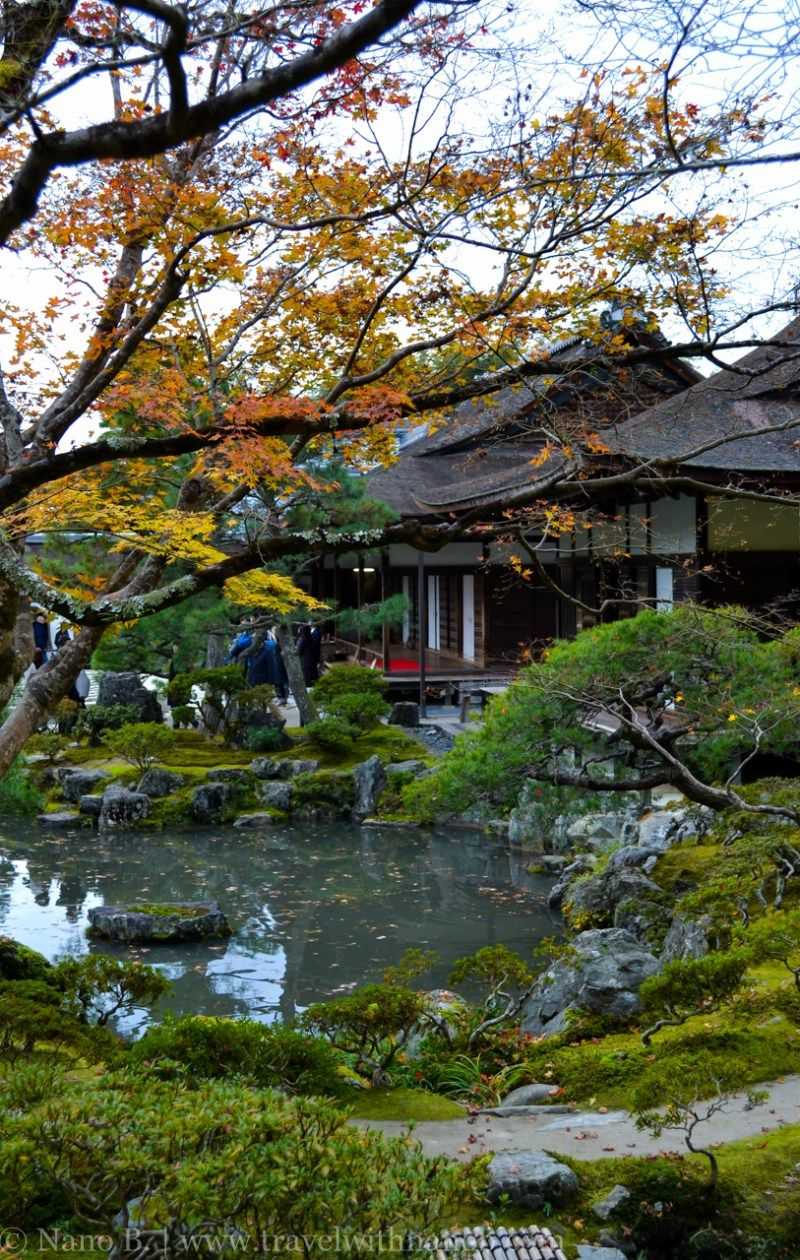
October brings the first hint of autumn when paulownia trees turn golden yellow before other species change color. These towering trees frame the temple’s famous aqueduct with early autumn light.
Garden enthusiasts arrive early to photograph yellow leaves against red brick arches. The microseason marks autumn’s gentle beginning rather than its dramatic peak.
Local artists sketch here during this brief window when summer green meets autumn gold in perfect harmony.
14. Ginkaku-ji Silver Pavilion During Kiku No Hana Shiraku (Chrysanthemums Wither)
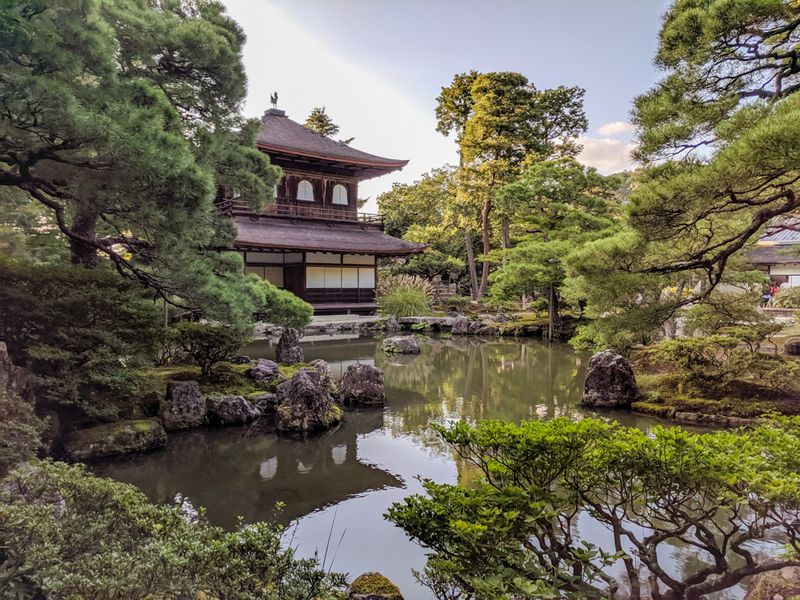
Late November shows chrysanthemums gracefully fading in the Silver Pavilion’s moss gardens. Brown petals create natural carpets beneath the temple’s elegant architecture.
Garden keepers leave withered flowers in place, teaching visitors about beauty in all seasons. This microseason celebrates life’s complete cycle rather than just peak bloom.
Raked gravel patterns incorporate fallen petals, creating temporary art that changes daily as wind redistributes nature’s contributions to the design.
15. Kinkaku-ji Golden Pavilion When Yuki Hajimete Furu (First Snow Falls)
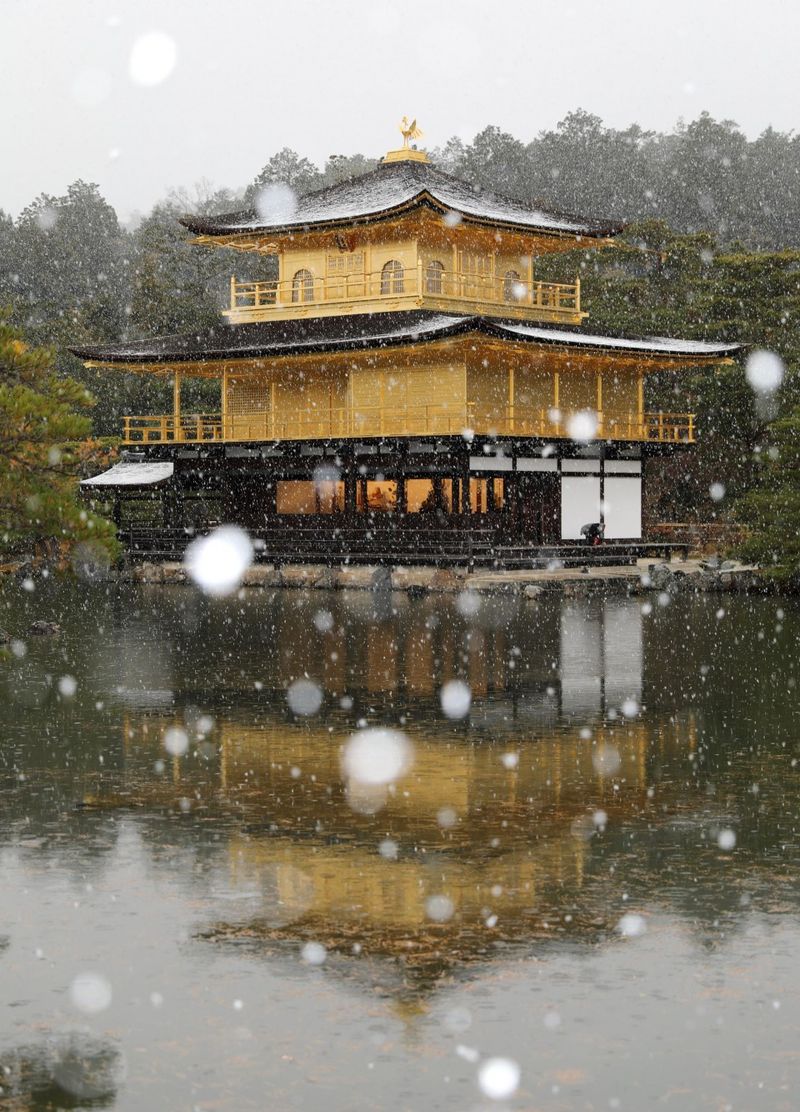
December’s first snowfall transforms the Golden Pavilion into a winter wonderland. White powder outlines every roof tile while the golden walls glow against gray winter skies.
Early morning visitors witness snow melting on the pavilion’s warm golden surface while accumulating on surrounding pine branches. The microseason creates perfect photographic contrasts.
Pond reflections double the magic as snow-covered trees mirror in dark water alongside the pavilion’s golden image.
16. Tofuku-ji Temple When Momiji Chirihajimeru (Maple Leaves Begin Falling)
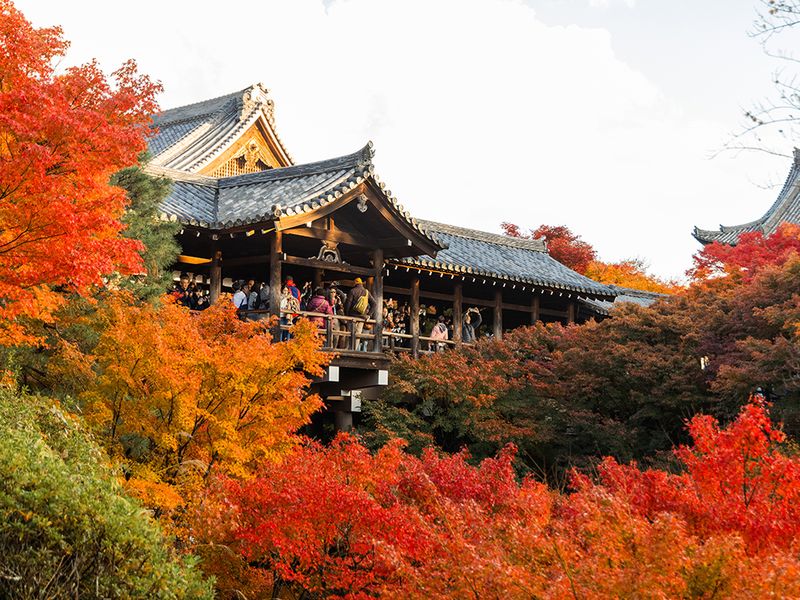
Late November brings the magical moment when red maple leaves start their descent from temple bridge views. Thousands of scarlet leaves create moving carpets across the valley floor.
Bridge photographers capture leaves mid-flight against the gorge’s autumn tapestry. The microseason celebrates movement and change rather than static beauty.
Temple sweepers work constantly during this period, but leave some fallen leaves to show visitors nature’s artistic arrangements on stone paths.
17. Shoren-in Temple During Tanpopo Hana Saku (Dandelion Flowers Bloom)
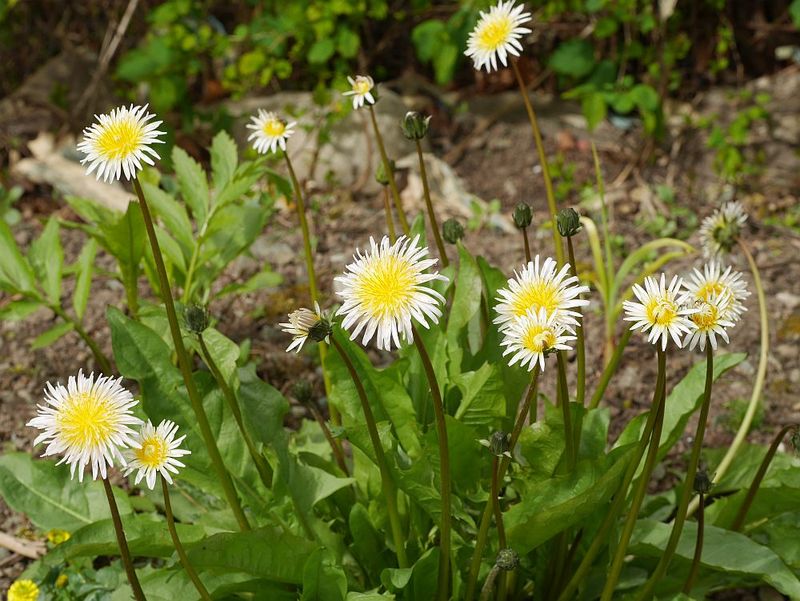
April surprises visitors when humble dandelions bloom throughout this noble temple’s grounds. Yellow flowers dot carefully maintained lawns, proving beauty exists in unexpected places.
Temple philosophy embraces these wild flowers as teaching tools about finding joy in simplicity. The microseason celebrates common beauty over rare treasures.
Children visiting with families often prefer dandelions to expensive garden flowers, making wishes on seed heads while adults admire formal arrangements.
18. Chion-in Temple When Kane Tsuku (Temple Bells Ring)
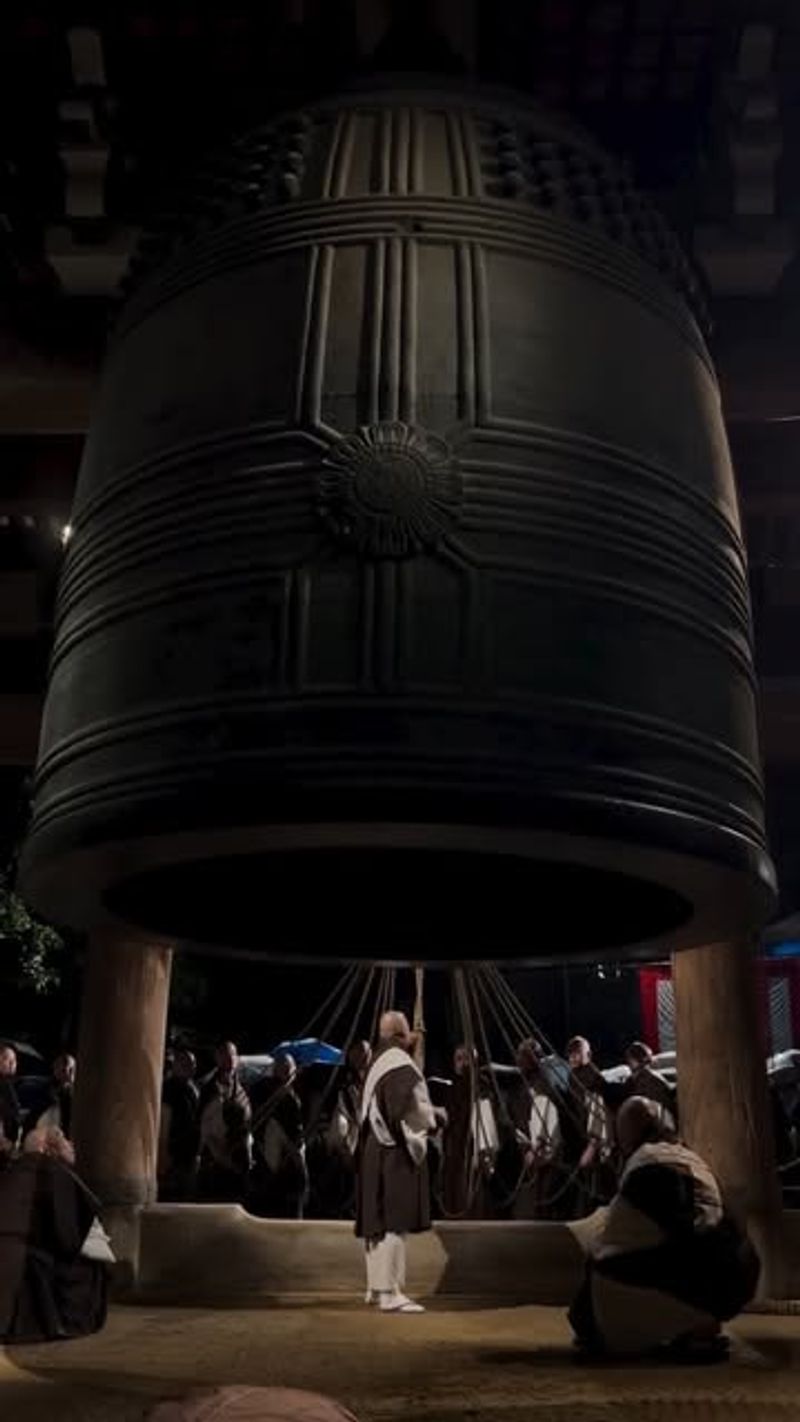
New Year’s Eve brings the famous 108-bell ceremony marking winter’s deepest point. Each bronze toll echoes across Kyoto’s sleeping neighborhoods, cleansing the year’s accumulated troubles.
Monks work together to swing the massive bell using traditional techniques passed down through generations. The microseason connects sound with spiritual renewal.
Thousands gather in freezing temperatures to hear each bell, counting along as midnight approaches and the old year dissolves into history.
19. Maruyama Park When Uguisu Naku (Bush Warblers Sing)
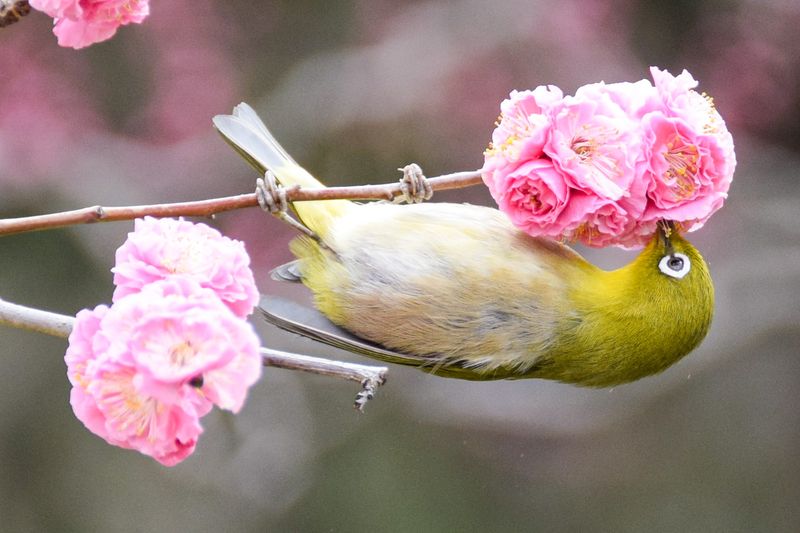
February mornings fill with bush warbler songs announcing spring’s distant approach. Their distinctive calls echo through bare cherry trees that will soon burst into bloom.
Early joggers pause to locate these elusive birds whose voices promise warmer days ahead. The microseason teaches patience through nature’s subtle announcements.
Local bird watchers gather here before dawn, competing to spot the first warbler of the season while sharing thermos coffee in the cold morning air.

